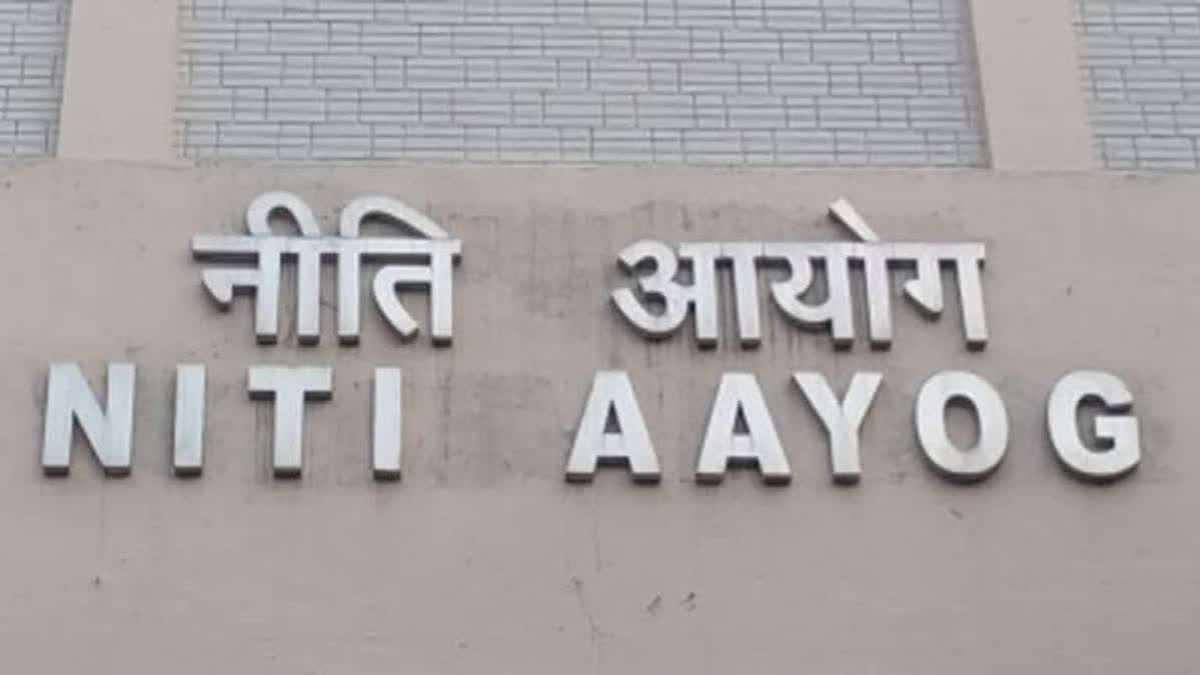New Delhi:India’s trade aspirations took centre stage with the release of the NITI Aayog’s Trade Watch Quarterly report for Q1 FY25, a comprehensive overview of the country’s trade dynamics during April–June 2024. The report not only provides a detailed snapshot of India’s current trade environment but also underscores strategic pathways to achieve its ambitious $2 trillion export target by 2030.
Vice Chairman of NITI Aayog, Suman Berry, highlighted the pivotal role of trade in shaping India’s economic trajectory. “Trade plays a pivotal role in India’s economic growth and its vision of a Viksit Bharat(Developed India). Over the decades, trade’s contribution to India’s GDP has grown significantly, from just 15% in 1980 to 48% in 2023,” Berry remarked. He emphasised that navigating global uncertainties such as geopolitical tensions and climate-driven regulatory changes is essential for India to maintain resilience and sustain its growth trajectory.
Key Trends and Insights from the Report
The Trade Watch Quarterly (TWQ) report outlines India’s total trade performance for the first half of 2024, which reached $576 billion—a year-on-year (YoY) growth of 5.45%. While exports stood at $231 billion, reflecting a modest increase of 5.41%, imports surged to $345 billion, resulting in a widened current account deficit of $9.7 billion.
It also highlights India’s growing strengths in services exports, which rose by 10.09% YoY to reach $89 billion. IT services and other business solutions were the frontrunners, with global market shares of 10.2% and 7.16%, respectively. However, labour-intensive sectors like textiles and leather have struggled, underscoring the need for targeted policy interventions.
Strategic Policy Interventions and Structural Reforms
B.V.R. Subrahmanyam, CEO of NITI Aayog, underscored the government’s focus on infrastructure and policy reforms as transformative forces. "India’s trade has witnessed remarkable transformation in recent years, fueled by strategic interventions such as the National Logistics Policy, production-linked incentive (PLI) schemes, and digital infrastructure development,” he said. These measures, he noted, have significantly improved the ease of doing business, particularly for MSMEs, ensuring India’s deeper integration into global value chains (GVCs).
The report also identifies structural challenges within India’s manufacturing sector, such as high input costs and fragmented production systems. Arvind Virmani, a member of NITI Aayog, suggested that addressing these issues is critical.
"India’s trade landscape is at a transformative stage. By leveraging its demographic dividend, diversifying exports, and reducing trade barriers, India can significantly enhance export competitiveness and foster inclusive growth," Virmani observed.
Geopolitical Challenges and Emerging Risks
